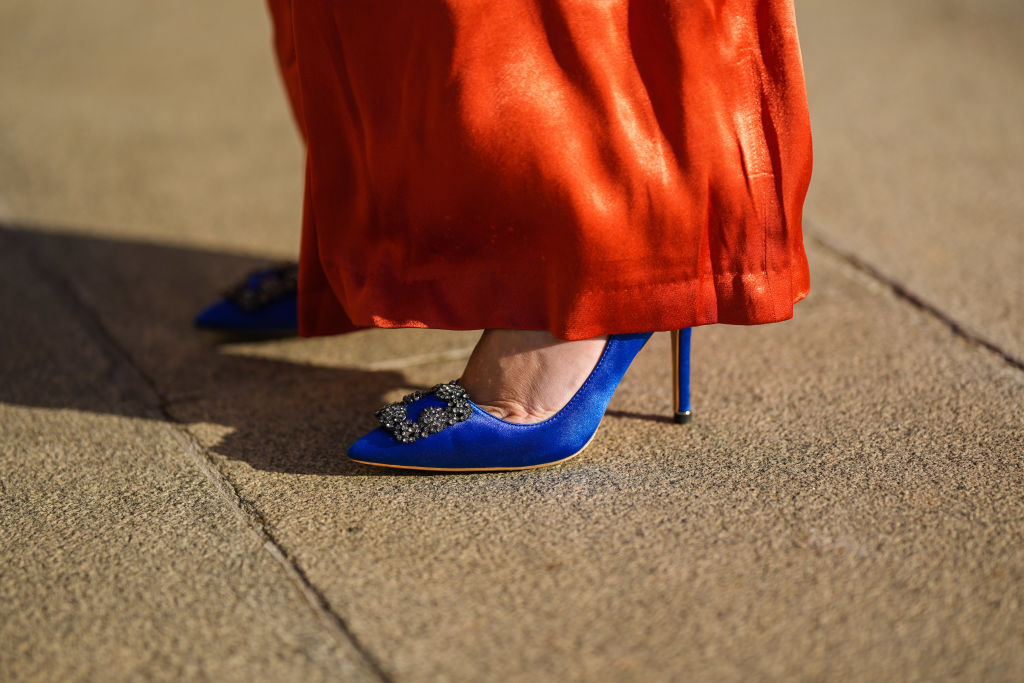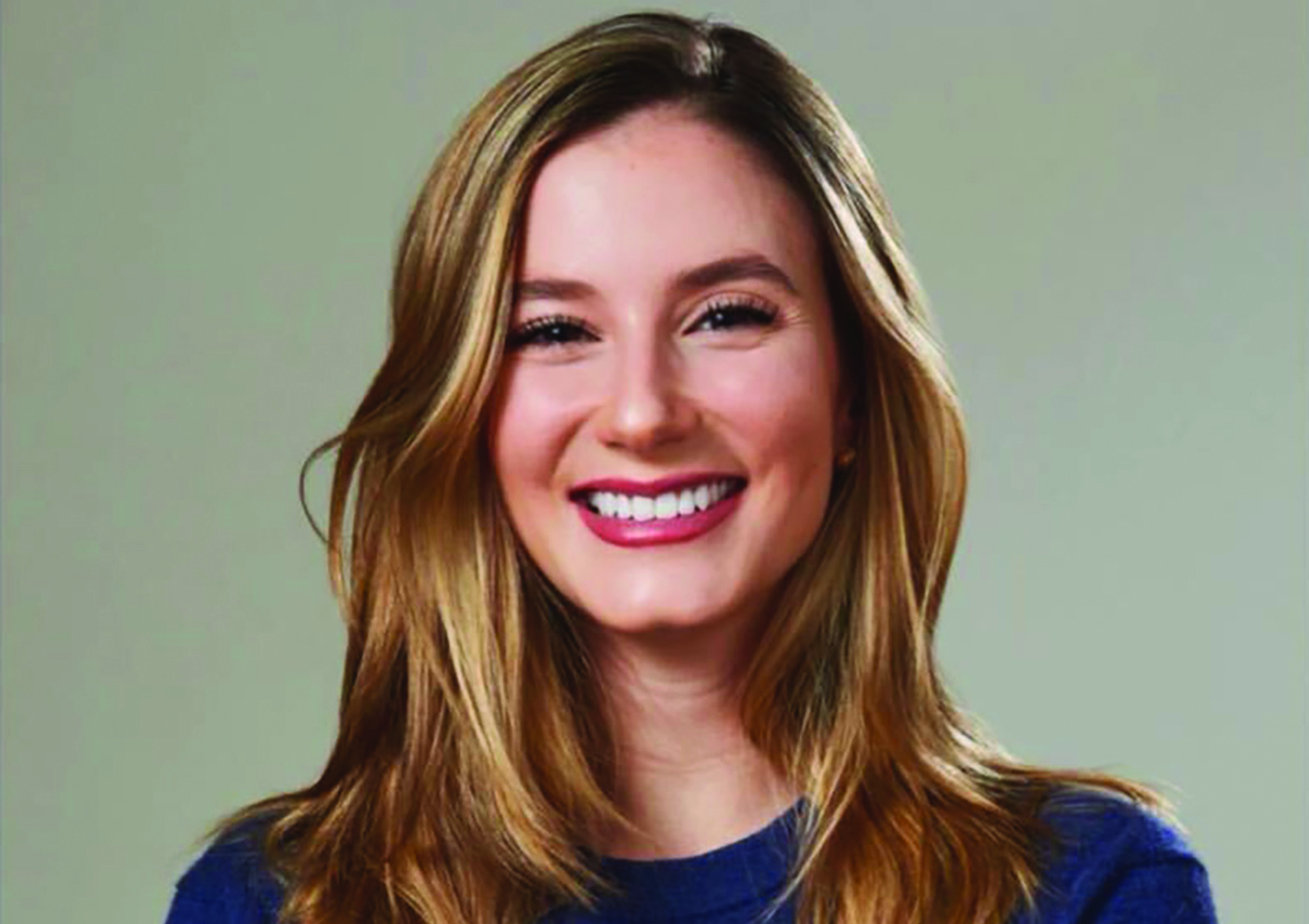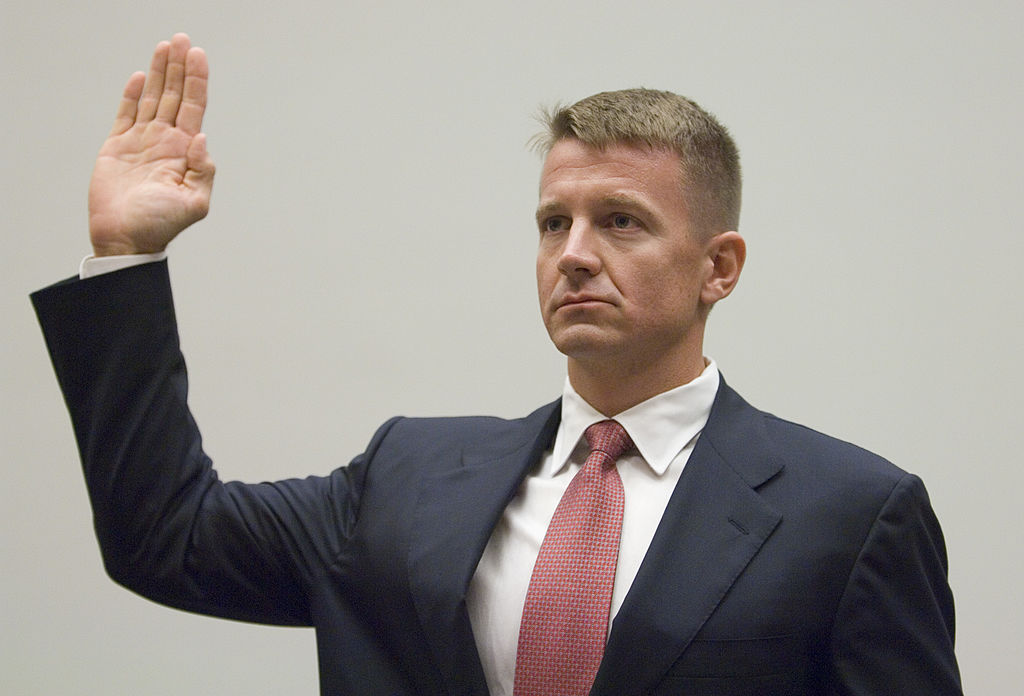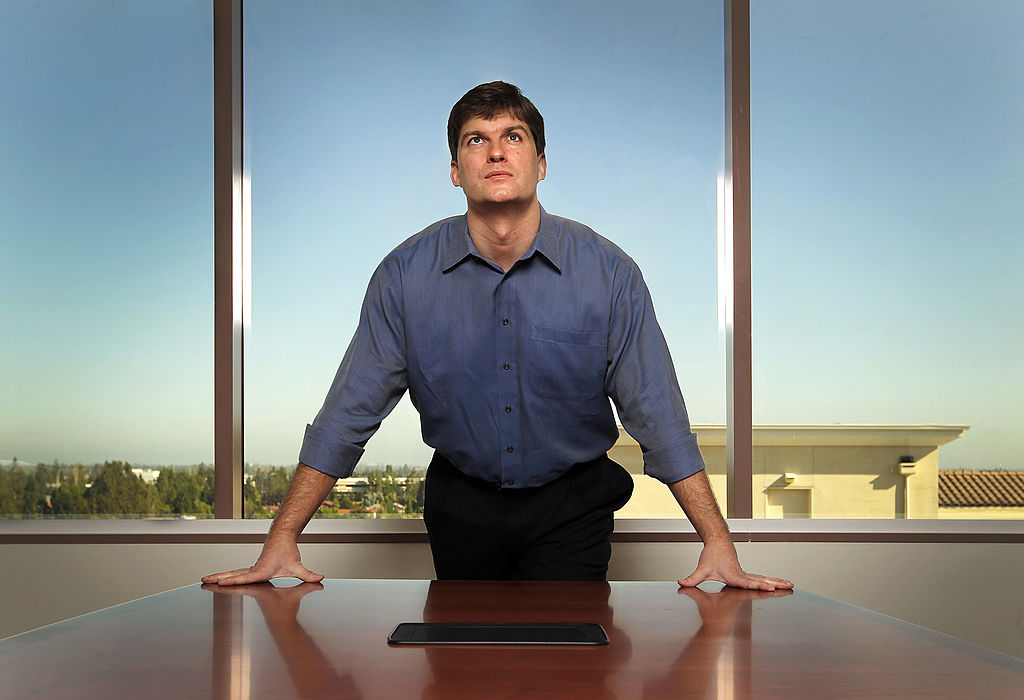What's the secret of Manolo Blahnik's success?
Fashion maestro Manolo Blahnik shows little sign of slowing down at 81, and his company notched up a record financial year in 2022. What is the secret of his success?

“Sultan of slippers, holy man of heels – all superlatives are justified for Manolo Blahnik,” decreed Vogue in 2008. It says something for the maestro’s staying power – and stubborn independence in an age of luxury conglomerates – that he retains his position as the world’s greatest shoemaker.
Manolo Rodriguez Blahnik “has achieved the type of fashion immortality where even his childhood nickname is a noun”, says the Financial Times. “Women go crazy” for Manolos because “when they step into their high-heels they feel they are being elevated to semi-goddess status”, Paloma Picasso once observed. Thanks to superb craftsmanship, they’re also a joy to wear – “shoes to dance in”, says stylist Amanda Harlech.
More than 50 years after Blahnik, 81, opened his first boutique on Old Church Street in Chelsea, the brand remains in “rude health”, notching up a record financial year in 2022 with sales exceeding €100m for the first time. Manolo’s niece, Kristina Blahnik – who took over the reins of the business from her mother (his sister), Evangelina, in 2013 – attributes the 69% rise in annual sales to “a year and a half of pent-up glamour” and a significant push in menswear. The company views itself as an “investment brand” rather than a fashion one, she says. “We’re the jewellers of shoes.”
MoneyWeek
Subscribe to MoneyWeek today and get your first six magazine issues absolutely FREE

Sign up to Money Morning
Don't miss the latest investment and personal finances news, market analysis, plus money-saving tips with our free twice-daily newsletter
Don't miss the latest investment and personal finances news, market analysis, plus money-saving tips with our free twice-daily newsletter
The other great constant is Manolo himself. He has the sort of mind, notes The Independent, that “continually bubbles over with brand new notions, leaping from one thought to the next, topic to topic to topic”. Areas of expertise include the Spanish mystic nun St Teresa of Avila (Blahnik has all her memoirs) and Alexander the Great: “a lifelong obsession. I have over 500 books about him.” His years in high society have also honed a waspish quality, says Vogue. Madonna once described Manolo shoes as “better than sex”. The designer, “known for a wit as sharp as heels”, responded: “You have to admire her, she hides her talent so well.” He gets away with it, says the FT, because “he is charming and contradictory, often damning but somehow sweet”.
Blahnik was born in Santa Cruz de La Palma in the Canary Islands in 1942, where his mother’s family owned a banana plantation. His father, a Czech businessman, had taken refuge there to avoid the rise of fascism. Young Manolo grew up reading Enid Blyton, Dickens, Kipling and Wilde, says the FT. His fashion sense, meanwhile, was honed by his mother, who ordered clothes, magazines and books from abroad. Right from the start, he loved shoes – he still keeps a pair of his childhood Start-Rites at home.
After university in Geneva, Blahnik went to Paris to study art and design before landing in the heart of swinging London in 1969. There, says the FT, he had a “mythic encounter” with Diana Vreeland, then editor-in-chief of US Vogue, who advised him to make shoes. A crucial early alliance was with Turner Brothers, a footwear factory in north-east London, who made “the most divine… samples” from his sketches.
Manolo Blahnik and Sex and the City
Blahnik’s high-octane London social life helped speed him on his way. He began by creating shoes for “hip-and-happening designers”, including Ossie Clark, Zandra Rhodes and Jean Muir, says The Independent, and, by the end of the 1970s, had opened a boutique in New York. But it was in the late 1990s that his celebrity status went into the stratosphere with the arrival of the TV series Sex and the City – where his shoes were sometimes referred to as “the fifth character of the show”. The exposure gave him more free prime-time advertising than he could ever wish for, although Blahnik hated the “notoriety”.
A characteristic of his operation has always been to sail beneath the radar. Although approached many times, he has always declined to sell his brand. “A little voice just kept saying ‘Erm, no’. I’d rather struggle if it means we’re able to do what I want to do.” After some difficult years of poor health, Blahnik recently bought a new HQ in Mayfair. All in all, he concludes, “I’m starting to feel myself again”.
This article was first published in MoneyWeek's magazine and all information was correct at the time of writing. Enjoy exclusive early access to news, opinion and analysis from our team of financial experts with a MoneyWeek subscription.
Related articles
Get the latest financial news, insights and expert analysis from our award-winning MoneyWeek team, to help you understand what really matters when it comes to your finances.
Jane writes profiles for MoneyWeek and is city editor of The Week. A former British Society of Magazine Editors editor of the year, she cut her teeth in journalism editing The Daily Telegraph’s Letters page and writing gossip for the London Evening Standard – while contributing to a kaleidoscopic range of business magazines including Personnel Today, Edge, Microscope, Computing, PC Business World, and Business & Finance.
She has edited corporate publications for accountants BDO, business psychologists YSC Consulting, and the law firm Stephenson Harwood – also enjoying a stint as a researcher for the due diligence department of a global risk advisory firm.
Her sole book to date, Stay or Go? (2016), rehearsed the arguments on both sides of the EU referendum.
She lives in north London, has a degree in modern history from Trinity College, Oxford, and is currently learning to play the drums.
-
 The most influential people of 2025
The most influential people of 2025Here are the most influential people of 2025, from New York's mayor-elect Zohran Mamdani to Japan’s Iron Lady Sanae Takaichi
-
 Millions of parents are missing out on up to £720 a year in extra pension cash – are you affected?
Millions of parents are missing out on up to £720 a year in extra pension cash – are you affected?A mum who narrowly missed out on the pension boost said she “never knew the government rule existed” and wants other parents to use it
-
 The most influential people of 2025
The most influential people of 2025Here are the most influential people of 2025, from New York's mayor-elect Zohran Mamdani to Japan’s Iron Lady Sanae Takaichi
-
 Luana Lopes Lara: The ballerina who made a billion from prediction markets
Luana Lopes Lara: The ballerina who made a billion from prediction marketsLuana Lopes Lara trained at the Bolshoi, but hung up her ballet shoes when she had the idea of setting up a business in the prediction markets. That paid off
-
 Who is Christopher Harborne, crypto billionaire and Reform UK’s new mega-donor?
Who is Christopher Harborne, crypto billionaire and Reform UK’s new mega-donor?Christopher Harborne came into the spotlight when it emerged he had given £9 million to Nigel Farage's Reform UK. How did he make his millions?
-
 Why Trustpilot is a stock to watch for exposure to the e-commerce market
Why Trustpilot is a stock to watch for exposure to the e-commerce marketTrustpilot has built a defensible position in one of the most critical areas of the internet: the infrastructure of trust, says Jamie Ward
-
 The return of Erik Prince, America's notorious mercenary
The return of Erik Prince, America's notorious mercenaryErik Prince, founder of the controversial private military group Blackwater, was shunned for pushing the boundaries of legality. He has re-established himself
-
 Big Short investor Michael Burry closes hedge fund Scion Capital
Big Short investor Michael Burry closes hedge fund Scion CapitalProfile Michael Burry rightly bet against the US mortgage market before the 2008 crisis. Now he is worried about the AI boom
-
 Chen Zhi: the kingpin of a global conspiracy
Chen Zhi: the kingpin of a global conspiracyChen Zhi appeared to be a business prodigy investing in everything from real estate to airlines. Prosecutors allege he is the head of something more sinister
-
 Who is Jared Isaacman, SpaceX astronaut and Trump's pick as NASA chief?
Who is Jared Isaacman, SpaceX astronaut and Trump's pick as NASA chief?Jared Isaacman is a close ally of Elon Musk and the first non-professional astronaut to walk in space. Now, he is in charge of NASA